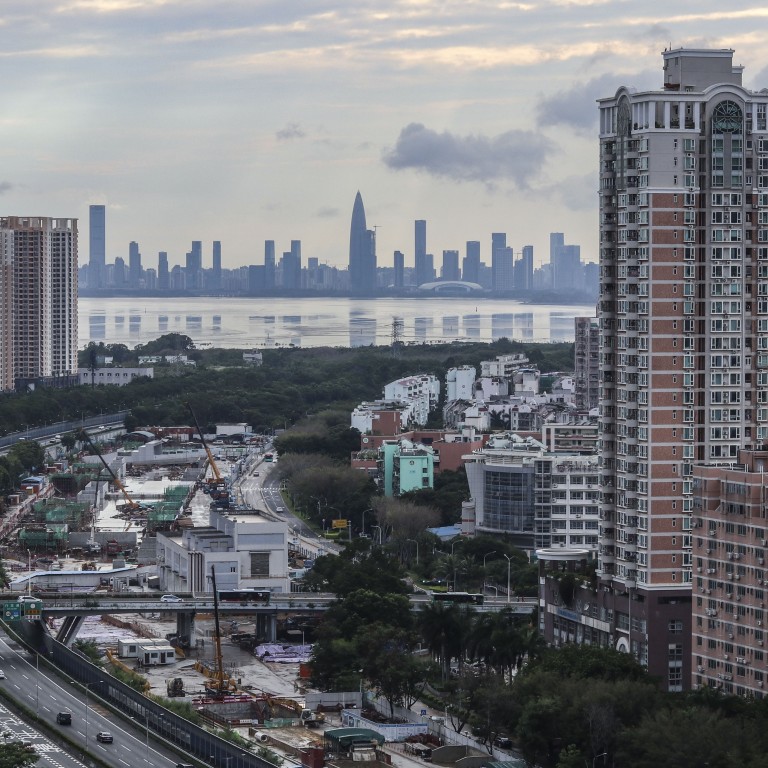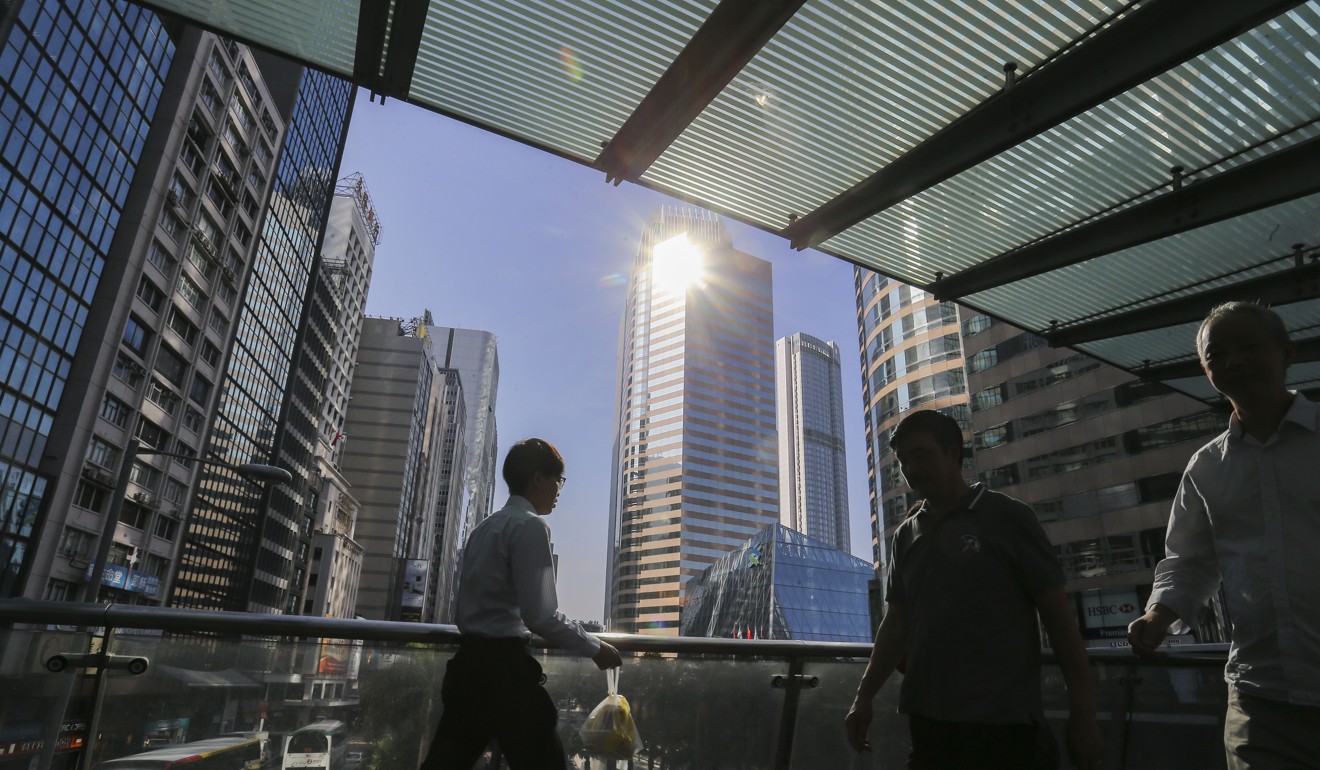
International standards to be at the core of ‘Greater Bay Area’ plan, source reveals about blueprint
- Making the 11-city mega zone favourable to living, travel and doing business is a priority
- Hong Kong’s key role in the plan will hinge on financial services, arbitration, hi-tech manufacturing and aviation
The much-awaited blueprint for developing 11 cities in southern China – including Hong Kong and Macau – into an economic hub to rival Silicon Valley, marks 2020 and 2035 as key stages of development, the Post has learned.
A document on the “Greater Bay Area” plan, expected to be revealed early next week by mainland China’s cabinet the State Council, will emphasise that any development initiatives must meet international standards and make the area conducive to business and travel.

The details came from a source who was briefed about the main points of the paper in the past two days.
The devil’s in the detail to make Greater Bay Area a success
The blueprint encourages closer cooperation among the 11 cities in areas of infrastructure development and current connectivity, innovation and technology, environmental protection, new energies, liveability and young entrepreneurship.
The bay area cities will be divided into two tiers, with the top tier led by the so-called four dragons – Hong Kong, Macau, Shenzhen and Guangzhou – the source said. Cities in the second tier include Foshan, Zhongshan, Dongguan, Huizhou, Jiangmen and Zhaoqing.
“This document offers general directions to cities with the goal of making the area a good place to live, to travel and do business,” said the source, who attended meetings the Hong Kong government organised with industry stakeholders on Thursday and Friday.
“The question of how to develop the bay area will be left to individual cities to contemplate, but they need to coordinate with each other based on their strengths.”
The great delusion that is the Greater Bay Area
The 11-city mega zone pools together 67.6 million people over an area of 56,000 sq km, with its combined gross domestic product accounting for 12.5 per cent of the country’s total in 2016. More than three years in the making, the blueprint for the bay area is due to be made public early next week, and Hong Kong authorities, the Guangdong provincial government, state planning agency the National Development and Reform Commission and the Macau government are expected to elaborate on it in a symposium in Hong Kong on Thursday.

Hong Kong will bank on its niche as a global financial hub to focus on financial services and fields such as arbitration, hi-tech manufacturing and aviation.
“The city has an advantage in meeting international standards in services,” one of the sources said. “All stakeholders need to cooperate and discuss and come up with constructive ways to grasp opportunities. We have wasted too much time in the past few years in the Legislative Council due to filibustering.”
Is Hong Kong finished? Not if it makes the most of Greater Bay Area
The source added that the bay area development would be divided into two stages, one beginning in 2020 and the other in 2035.
The two time stamps constitute deadlines for implementing the plan for the cities in question.
Hong Kong, for example, will collect implementation initiatives from stakeholders and the general public through consultations before reaching a consensus with the Guangdong provincial government and then submitting these for approval to the point man on Hong Kong and Macau affairs, Chinese Vice-Premier Han Zheng.
Federation of Hong Kong Industries chairman Jimmy Kwok Chun-wah on Saturday said the proposal to create an international aviation hub in the bay area could be done by sharing the capacity of airports in Hong Kong, Zhuhai, Shenzhen and Guangzhou.
“Could check-in and baggage services be aligned to bring more convenience to travellers?” he said. “Airports and airlines could work together for more convenient arrangements.”

